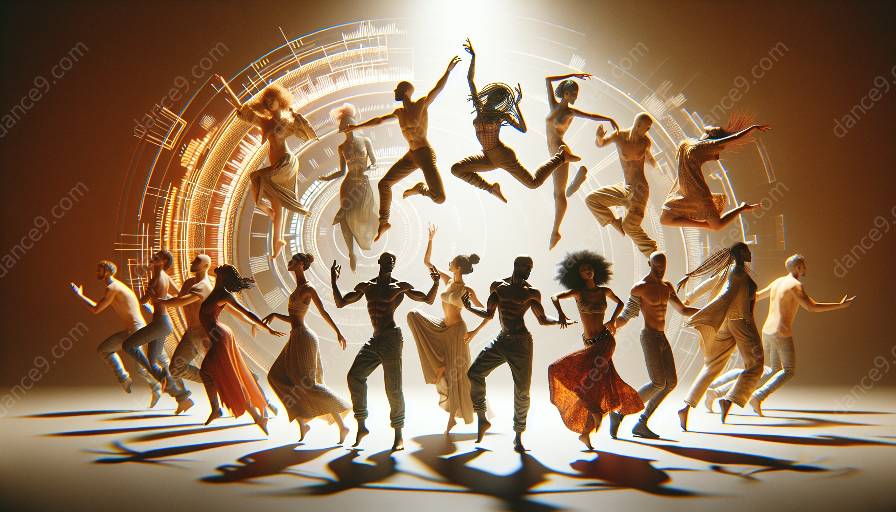Dance and electronic music have been integral parts of various cultures, each with its unique expressions and traditional instruments. When considering the incorporation of traditional instruments into electronic music for dance performances, numerous challenges and opportunities emerge, shaping the artistic landscape and creating diverse cultural intersections.
The Relationship between Dance, Electronic Music, and Different Cultures
Dance and music have always been intertwined, reflecting the energy, rhythm, and sentiments of different cultures. Electronic music, with its evolving sounds and technological advancements, has brought innovation to the world of dance performances. Meanwhile, traditional instruments have deep-rooted historical significance and cultural connections, enriching dance and musical experiences.
In various cultures, dance serves as a medium for storytelling, celebration, and expression. It is accompanied by traditional music that often features indigenous instruments, embodying the heritage and narratives of the community. The fusion of electronic music and traditional dance forms creates a harmonious blend, allowing for the preservation and evolution of cultural expressions.
Challenges of Incorporating Traditional Instruments into Electronic Music
One of the primary challenges lies in the technological integration of traditional instruments with electronic music. Ensuring seamless synchronization and sound quality requires expertise in both musical traditions and modern production techniques. Additionally, traditional instruments may have limitations in producing the diverse range of sounds commonly associated with electronic music, necessitating careful adaptation and innovation.
Cultural authenticity and respect are paramount when incorporating traditional instruments. The risk of cultural appropriation or misrepresentation arises when fusing traditional elements with electronic music without an understanding of the cultural context. Sensitivity to the origins and significance of traditional instruments is crucial to maintain the integrity of the art forms.
Furthermore, logistical considerations, such as live performances and equipment requirements, pose practical challenges. Implementing traditional instruments in electronic dance music performances necessitates coordination and technical expertise, presenting hurdles that demand creative solutions.
Opportunities for Creative Fusion and Cultural Exchange
The integration of traditional instruments into electronic music offers an avenue for innovative creativity and cultural exchange. It allows for the exploration of new sonic possibilities, blending the timbres and melodies of traditional instruments with the electronic soundscape. This fusion opens new avenues for artistic expression, redefining the boundaries of dance performances and electronic music production.
By incorporating traditional instruments, artists have the chance to pay homage to diverse cultural heritages while introducing contemporary audiences to the richness of traditional music. This presents an opportunity for cross-cultural collaboration and learning, fostering mutual appreciation and understanding across different communities.
Cultural Impacts and Global Perspectives
The incorporation of traditional instruments into electronic music for dance performances has far-reaching cultural impacts. It serves as a medium for cultural preservation and revitalization, rejuvenating traditional music by integrating it into modern contexts. This dynamic approach to cultural fusion encourages a global dialogue, transcending geographical boundaries and promoting the sharing of diverse artistic traditions.
Furthermore, the international popularity of electronic dance music provides a platform for showcasing the cultural diversity of traditional instruments. Through live performances, recordings, and digital platforms, the global audience gains exposure to a rich tapestry of musical traditions and dance forms, fostering intercultural connections and appreciation.
Conclusion
Incorporating traditional instruments into electronic music for dance performances presents a compelling convergence of artistic, cultural, and technological domains. While it entails challenges related to technological integration, cultural sensitivity, and logistical considerations, the opportunities for creative fusion, cultural exchange, and global impact make this endeavor an exciting frontier in the ever-evolving world of dance and electronic music.






























